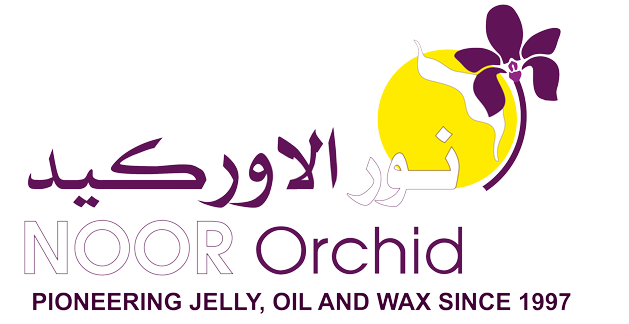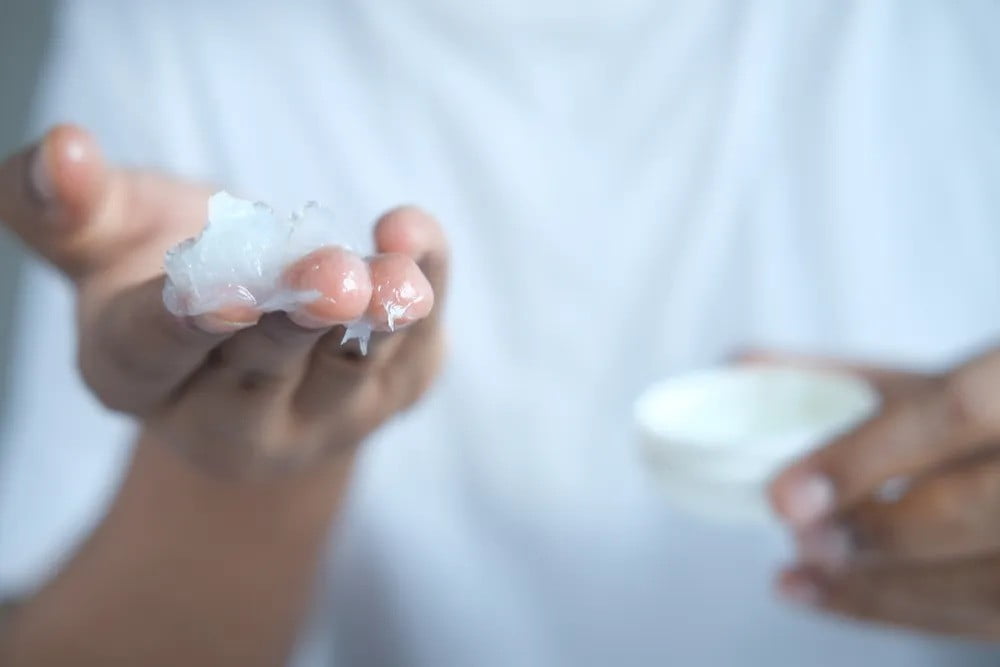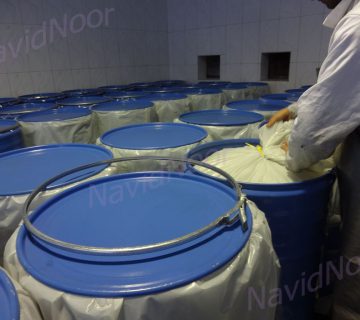Petroleum Jelly’s Coating: Uses, Anti-Rust Performance, and Industrial Alternatives
Definition & Chemistry of Petrolatum (Vaseline)
Petrolatum—commonly known as Vaseline—is a semi-solid mixture of saturated hydrocarbons derived from petroleum refining. Chemically inert and nonpolar, petrolatum forms a hydrophobic and occlusive barrier that repels water and blocks oxygen penetration. This unique combination of physical and chemical properties has made it a staple material for corrosion protection, lubrication, and preservation of metallic surfaces exposed to moisture and marine environments.
Composition and Grades (USP vs. Industrial)
Petrolatum exists in two primary grades: USP (pharmaceutical) and industrial. As an occlusive agent widely used in skincare and dermatology, petroleum jelly (Vaseline) is regulated under the topic of petrolatum in cosmetics for safe formulation. While USP-grade is purified for cosmetic and medical applications, the industrial grade is enhanced with corrosion inhibitors, fillers, and sometimes nanostructured additives such as clay nanoparticles. A 2019 study titled ‘Formulation of Petrolatum/Clay Nanocomposite Coating and Characterization of its Corrosion Resistance Properties’ demonstrated that incorporating clay nanocomposites into petrolatum significantly improved its mechanical stability and corrosion resistance.
Hydrophobic/Occlusive Mechanism (Why It Repels Water)
The hydrophobicity of petrolatum originates from its saturated hydrocarbon structure. When applied to a metallic surface, it creates a non-permeable film that physically blocks moisture and oxygen. In the context of petroleum jelly (Vaseline) as a widely used occlusive agent, controlled and standardized petroleum jelly production in industrial manufacturing plays a key role in ensuring consistent material performance as a cosmetic raw material. This mechanism drastically slows down the electrochemical reactions responsible for rust formation, making it particularly valuable in high-humidity or salt-laden environments.
Does Petroleum Jelly Prevent Rust?
Mechanism (Blocking Moisture and Oxygen)
Petrolatum acts as a physical barrier between metal and the atmosphere, isolating the metal from corrosive agents such as chloride ions and oxygen. In light-duty applications—such as protecting small tools, electrical terminals, or battery contacts—simple petrolatum grease can delay rusting for years.
Limits in Harsh Environments (When to Choose Petrolatum Tape)
However, pure petrolatum has its limitations. In environments with extreme temperatures, continuous submersion, or high mechanical wear, petrolatum tapes are preferred. These are composite wrapping systems that embed petrolatum in reinforced fabrics with primers and UV-resistant overwraps. Research from ‘Corrosion Rates of Steel Piles Protected by Petrolatum Tape’ (2023) reported a corrosion rate as low as 0.005 mm/year for steel protected with petrolatum tape.
Industrial Petrolatum Coatings (Tape Systems)
How Petrolatum Tape Systems Work (Primer, Wrap, Overwrap)
A petrolatum tape system typically consists of three layers: primer, main tape, and overwrap. These cold-applied systems require no heat or curing, making installation simple and safe.
Service Environments and Expected Longevity
Petrolatum tapes are used in underground, underwater, and marine splash zone environments. Studies show service lives exceeding 20 years when applied correctly. The 2023 study ‘Effect of Petrolatum Tape Cover on the Hydrogen Permeation of AISI4135 Steel’ confirmed excellent hydrogen barrier performance.
Brands & Solutions Overview
Global brands such as Denso/Densyl, Nitto, YUXI, and Trenton produce petrolatum-based coatings with innovations including nanoclays and biodegradable waxes.
Applications & Case Examples
Pipelines, Flanges, Valves, and Tank Bases
Petrolatum coatings protect pipelines, flanges, and steel structures from corrosion, particularly in marine and coastal environments.
Battery Terminals, Tools, and Temporary Waterproofing
Petrolatum greases are also used to protect battery terminals, tools, and temporary waterproofing applications during storage or maintenance.
Surface Preparation & Application Steps
Minimal Surface Preparation (St2)
Surface preparation requirements are minimal—typically to St2 level. This reduces costs and enables use in remote or emergency situations.
Cold Application and Ease of Use
Tapes are applied cold, adhering to damp or corroded surfaces, eliminating the need for heating or special equipment.
Inspection and Maintenance (Non-Setting Systems)
Petrolatum coatings remain flexible and self-healing. Damaged sections can be easily repaired without removing the entire system.
Safety, Compatibility & Environmental Considerations
Non-Conductive, Water-Insoluble, and Skin Contact
Petrolatum is chemically neutral, non-conductive, and safe for metal and skin contact. Industrial versions are free from harmful additives.
Environmental Footprint, Disposal, and Alternatives
Eco-friendly petrolatum alternatives derived from vegetable oils are being developed. Studies show similar anti-corrosion performance with improved biodegradability.
Market Statistics and Global Outlook
The industrial petroleum jelly market is projected to reach USD 519.7 million by 2025, while the global market will exceed USD 820.52 million by 2033. Cold-applied anti-corrosion tapes are growing at 4.3% annually, reflecting rising global demand.
FAQs
Is Vaseline Hydrophobic?
Yes, due to its hydrocarbon composition, it repels water effectively.
Can Petroleum Jelly Stop Rust on Tools or Battery Terminals?
Yes, but for submerged or long-term use, industrial petrolatum tapes are better.
Can Petrolatum Tapes Be Used Underwater or on Buried Pipes?
Yes, they perform reliably in underwater and buried conditions for decades.
How Long Does a Petrolatum System Last?
Typically several decades with proper application and maintenance.
Conclusion
Petrolatum coatings offer an efficient, long-lasting, and eco-conscious approach to corrosion protection. Their combination of water repellence, flexibility, and sustainability ensures their continued relevance across industries.
References
- Effect of Petrolatum Tape Cover on the Hydrogen Permeation of AISI4135 Steel under Marine Splash Zone Conditions. ScienceDirect, 2023.
- Formulation of Petrolatum/Clay Nanocomposite Coating and Characterization of its Corrosion Resistance Properties. ResearchGate, 2019.
- WRAPPING FOR PROTECTION WITH PETROLATUM‐BASED TAPE. Emerald Insight.
- Sustainable Smart Anti-Corrosion Coating Materials Derived from Vegetable Oils. PMC, 2023.
- Surface Protection Technology for Metallic Materials in Marine Environments: A Review. PMC, 2024.
- Corrosion Rates of Steel Piles Protected by Petrolatum Tape. Scribd, 2023.
- Petroleum Jelly Market Report. Market Data Forecast, 2024.
- Industrial Vaseline Market Report. Cognitive Market Research, 2025.
- Cold Applied Anti-Corrosion Sealing Tape Market Report. Research and Markets, 2024.
- Rust Lubricant Market Report. Lucintel, 2024.

This is Kamran Malekian working in the petroleum jelly manufacturing industry for Navid Noor Company since 2013 I am eager to make content in this industry and have a good impact on professional users and people using cosmetic and pharmaceutical products.











No comment